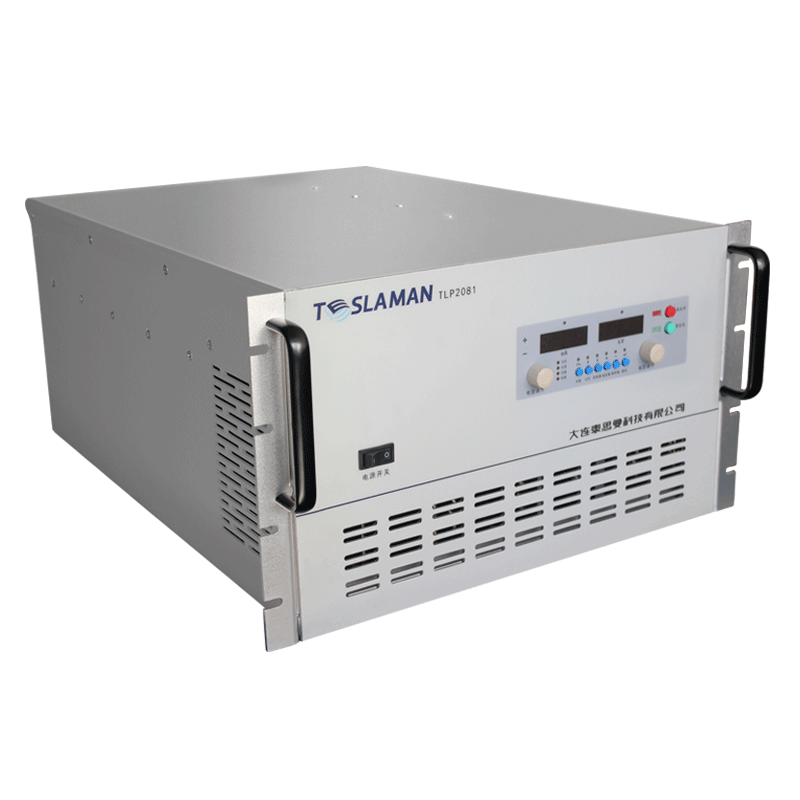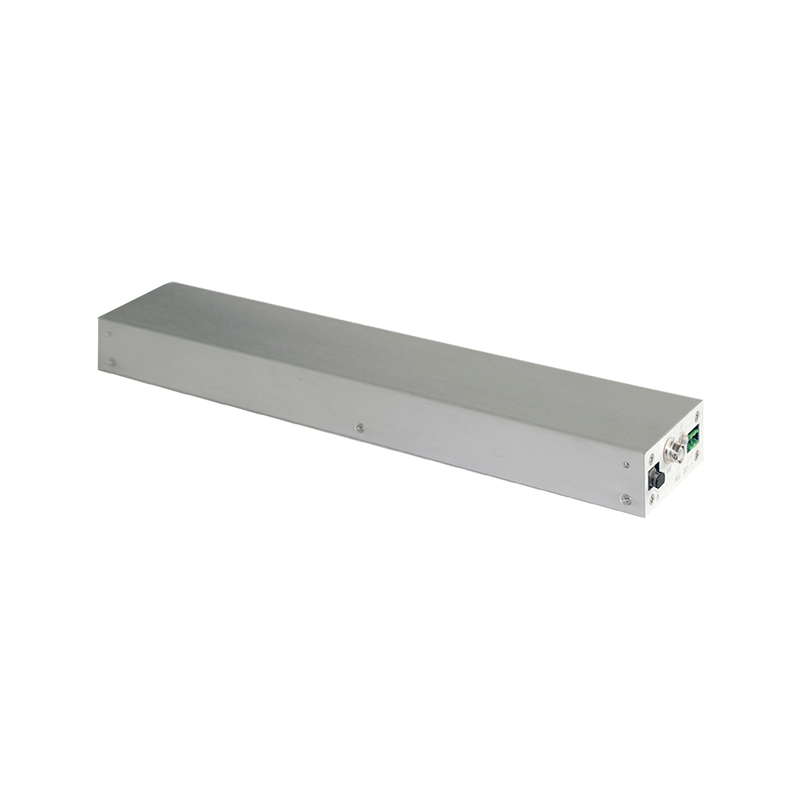Optimization Strategies for High-Voltage Power Supplies in Electrostatic Precipitation
1. Introduction
Electrostatic precipitation (ESP) technology, renowned for its high-efficiency particulate capture capability, is widely applied in industrial sectors such as power generation, metallurgy, and chemical engineering. As the core component of an ESP system, the performance of high-voltage (HV) power supplies directly influences dust collection efficiency, energy consumption, and equipment stability. With the tightening of environmental standards and the growing demand for industrial intelligence, optimizing HV power supply solutions has become a key focus in the industry. This paper explores optimization strategies from three dimensions—electrical characteristics, control strategies, and structural design—to provide theoretical references for enhancing the comprehensive performance of ESP systems.
2. Electrical Characteristics Optimization: Enhancing Energy Utilization Efficiency
The matching of electrical parameters in HV power supplies is critical to dust collection efficiency. Traditional power frequency supplies suffer from single-waveform outputs and slow response times, which easily trigger back corona in the electric field. Optimization can be achieved through two approaches:
1. High-Frequency Conversion
Increasing the operating frequency to the kHz range reduces transformer size while improving energy transmission efficiency. The narrow pulse waveform of high-frequency power supplies effectively suppresses back corona, enhancing dust charging efficiency by 20%-30% at the same energy consumption. Special attention should be paid to thermal management of power devices under high-frequency conditions; wide-bandgap semiconductor materials like silicon carbide (SiC) can be used to reduce switching losses.
2. Multi-Mode Output Control
Dynamically switching power supply modes based on dust concentration: using a pulse + DC superposition output under high-concentration conditions to enhance initial charging, and switching to pure DC mode under low-concentration conditions to reduce energy consumption. This strategy can lower overall system energy consumption by 15%-20% while avoiding electric field breakdown risks caused by excessive power supply.
3. Control Strategy Optimization: Building an Intelligent Regulation System
Traditional constant-voltage control modes struggle to adapt to real-time changes in dust characteristics, making the introduction of intelligent control algorithms essential:
1. Adaptive PID Control
Incorporating a fuzzy logic module into the traditional PID algorithm, real-time monitoring of secondary voltage, current, and dust concentration signals enables dynamic adjustment of proportional-integral-derivative parameters. Experimental data show that this algorithm can limit voltage fluctuations within ±5%, improving response speed by 40% compared to conventional PID control.
2. Predictive Maintenance System
A machine learning-based fault prediction model for power supplies is constructed by collecting status parameters such as IGBT temperature and capacitor capacity decay rate. Using a long short-term memory (LSTM) network, the model predicts component remaining useful life. When key components degrade to predefined thresholds, the system automatically switches to redundant modules and triggers maintenance alerts, reducing unplanned downtime by over 60%.
4. Structural Design Optimization: Enhancing Environmental Adaptability
Dust pollution, electromagnetic interference, and fluctuating temperature/humidity in industrial environments pose severe challenges to power supply reliability. Optimization should focus on:
1. Composite Insulation Structure
A dual-insulation process combining epoxy resin potting and nano-ceramic coatings reduces creepage distance to one-third of traditional air insulation while withstanding high temperatures (150℃) and acid-base corrosion. This structure ensures stable operation at humidity >90% and extends insulation life to over 100,000 hours.
2. Modular Integrated Design
Rectifier, inverter, and control units are designed as independent standardized modules with quick-plug interfaces for hot-swapping. This modular structure reduces maintenance time from 4 hours (for traditional integrated replacements) to 30 minutes and supports distributed deployment for zonal power supply in large ESP equipment.
5. Conclusion and Outlook
Optimizing HV power supplies for ESP requires collaborative innovation in electrical characteristics, control strategies, and structural design to balance efficiency, energy consumption, and reliability. Future trends will focus on: ① introducing wide-bandgap semiconductors and gallium nitride (GaN) devices to further increase power density; ② integrating edge computing to build a cloud-terminal intelligent power management system; ③ exploring access schemes for renewable energy and energy storage technologies to promote low-carbon transformation of dust collection systems. Through continuous technological iteration, HV power supplies will become the core driver for green and intelligent upgrades in industrial dust control.




















